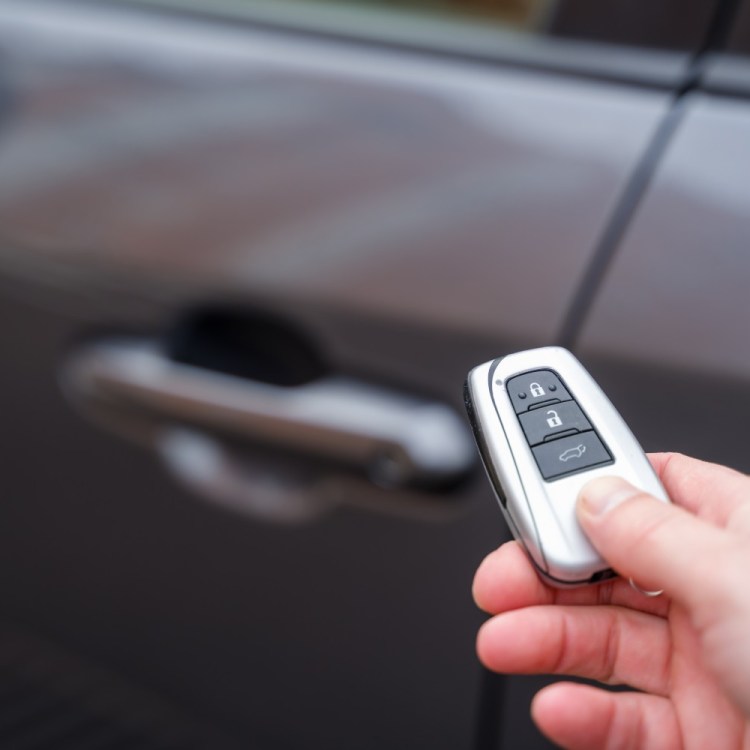
After much debate, Hyperloop finally has a home, and a stylish one at that. The company announced plans for the pneumatic tube transportation system to be erected in the United Arab Emirates, while the design firm Bjarke Ingles Group (BIG) unveiled its designs for the system. The proposed venture would allow people to travel from Dubai to Abu Dhabi, or vice versa, in just 12 minutes.
BIG’s Hyperloop designs put the system at the heart of each city it connects. The entrance to the Dubai “portal,” which the company calls its “terminal,” sits at the foot of the Burj Khalifa—a prominent landmark which much of the city center is clustered around. While the portal stands out from above, it blends in seamlessly with the cityscape at ground level. Travelers entering the portal have a full view of all the departing and arriving pods, arranged at the perimeter of the terminal.
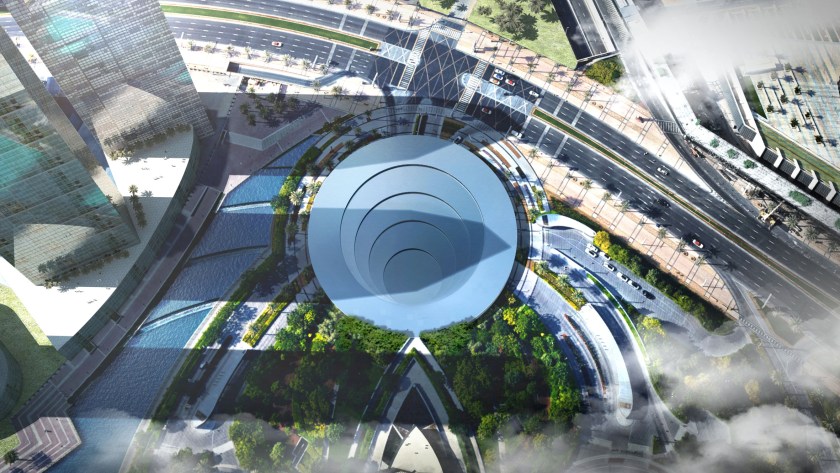

In Abu Dhabi, however, the BIG-designed portal is slightly different. Instead of a circle, the Etihad Towers Hyperportal has a loop extending from a tunnel beneath the city over a busy highway between the city’s main landmark and the Etihad Towers Hotel. With room for six passengers, each pod moves in a single lane around the outer edge of the loop. Travelers board the pods from the inside via numbered departure gates.
The design’s main objective is to eliminate wait time for travelers, according to BIG press release. Once passengers board, the pods “hyperjump,” moving as fast as 700 mph, to the next portal. From there, pods are loaded onto an autonomous transporter that finishes the final leg of the passenger’s journey. Since the autonomous transporter containing the pods is able to travel on roads just like any other vehicle, passengers are provided with a truly door-to-door experience.
Hyperloop One has signed an agreement with Dubai’s RTA, the municipal authority responsible for public transportation, so it looks as if the company’s plan is gaining momentum. Planned for completion by 2020, the company is considering possible extensions to neighboring Qatar for the 2022 World Cup.
Flights between Dubai and the Emirati capital take about 45 minutes, while the average drive takes nearly two hours. Hyperloop One plans to reduce that travel time by 90 percent. If extended to Riyadh, the Saudi capital, Hyperloop would take about 45 minutes to get there. The system could also bring passengers to Doha, Qatar, and Muscat, Oman, in under 30 minutes.
The announcement comes several weeks after Hyperloop One, the company backing Elon Musk’s Hyperloop transport concept, closed its first round of funding with a significant investment from DP World Group, the third largest port operator in the world. It also follows recent reports of tensions within the company itself, but it seems as though Hyperloop One has overcome that for now.
See more designs from BIG for Hyperloop’s first home below.
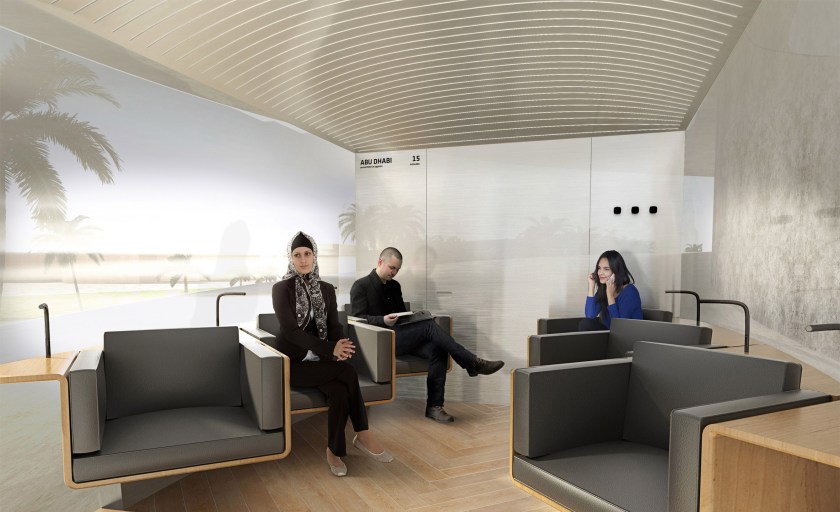
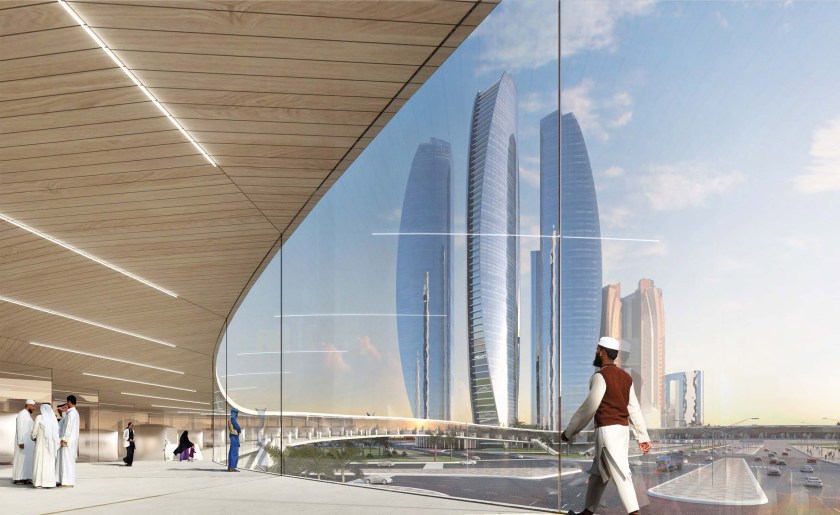


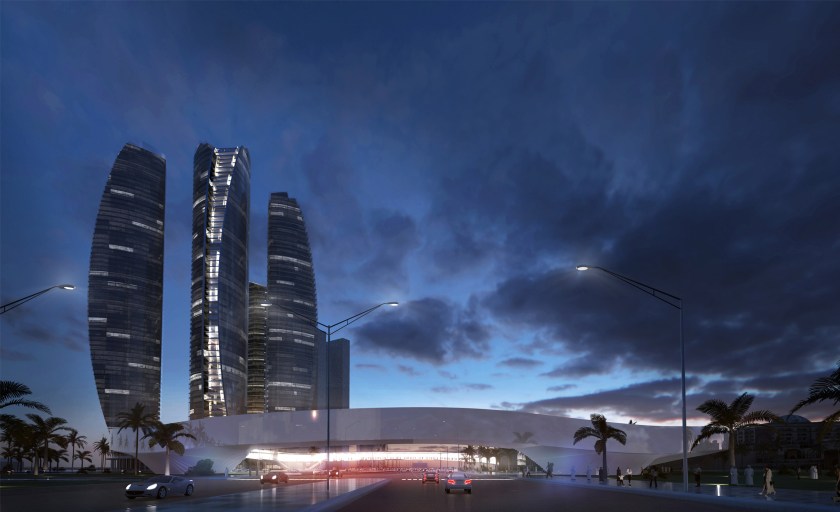

This article appeared in an InsideHook newsletter. Sign up for free to get more on travel, wellness, style, drinking, and culture.




















